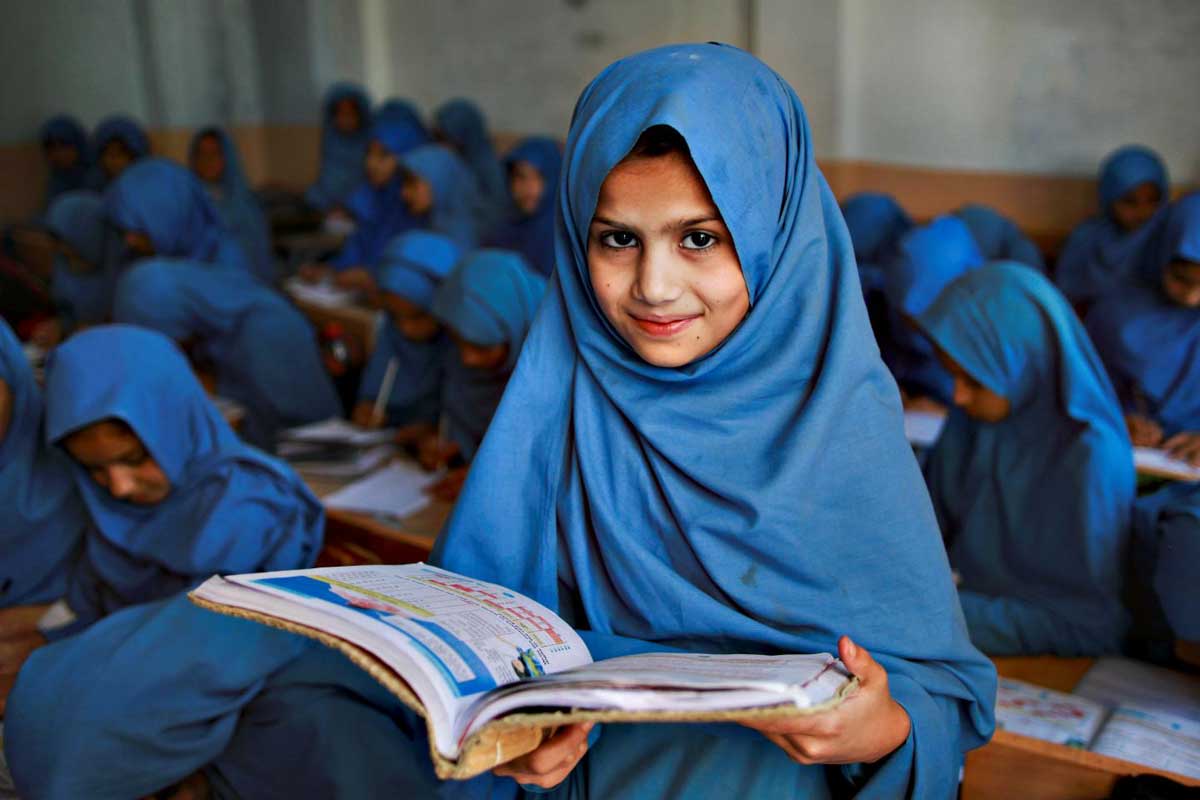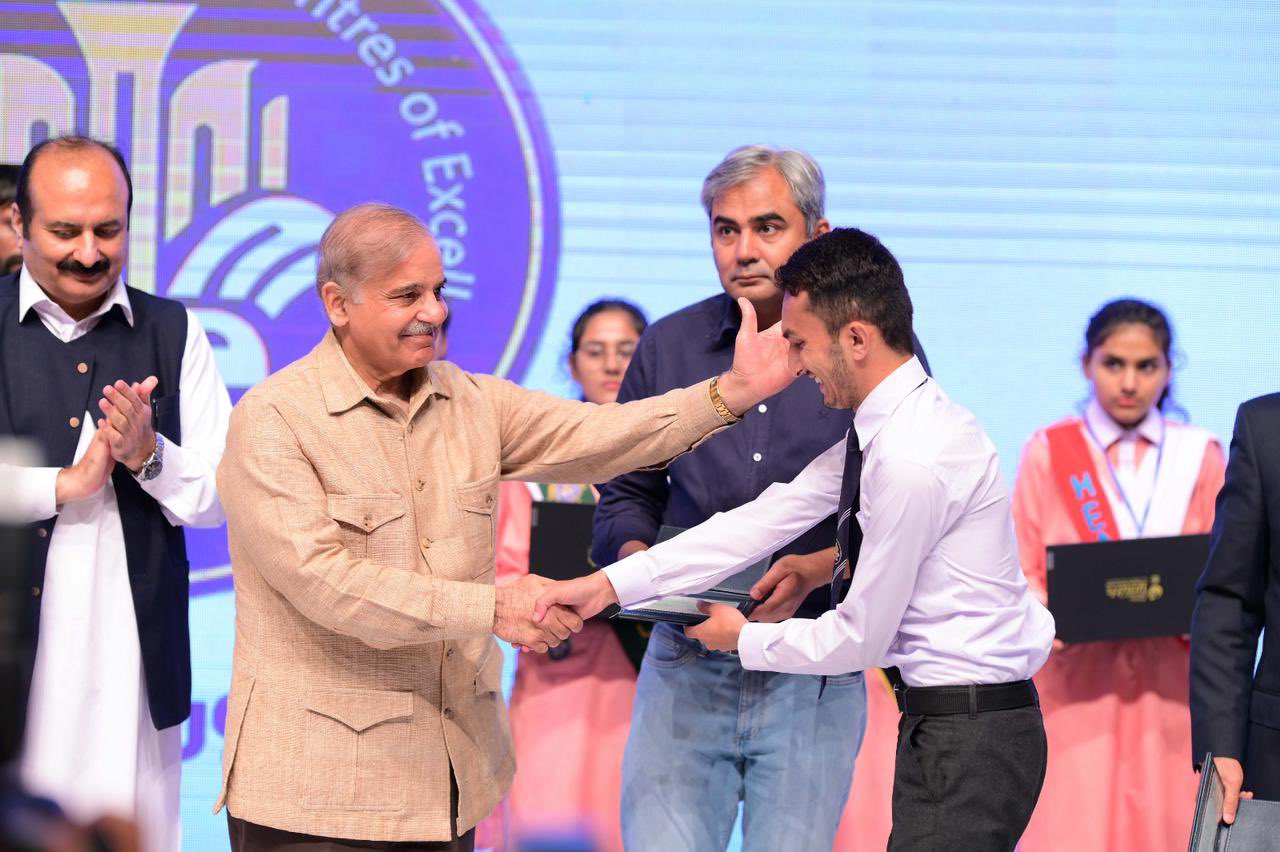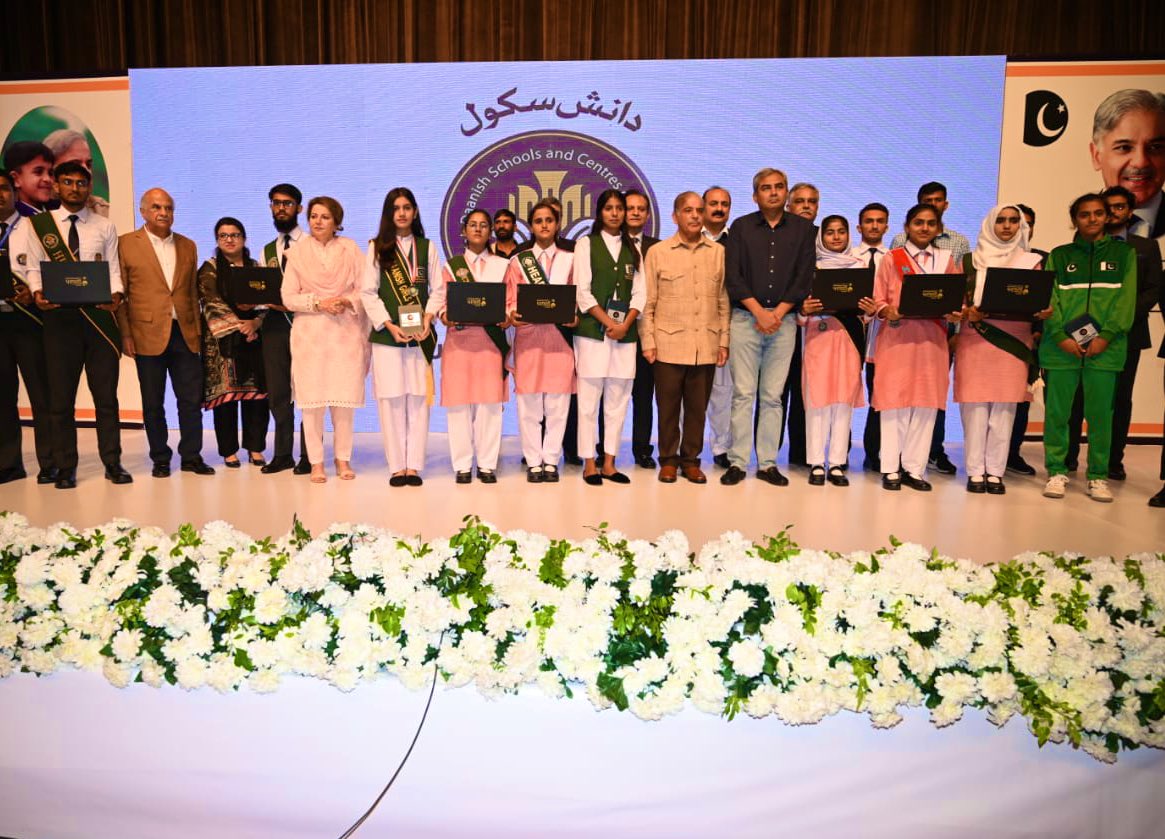As the newly formed Punjab government springs into action, many ponder whether it will deliver exceptional performance or fall short of expectations. Such speculation is commonplace for any new government, but this time, it’s not just the opposition; even supporters are anticipating a return to the golden decade of Punjab under the leadership of Shehbaz Sharif. During his tenure, Punjab exhibited exemplary growth across various sectors. However, this optimism is juxtaposed with memories of the dark age experienced under Usman Buzdar, the former chief minister of PTI. Under Buzdar’s leadership, Punjab endured significant challenges on both administrative and developmental fronts.
Now, with the appointment of Maryam Nawaz as Pakistan’s first female chief minister, the people of Punjab are hopeful for a resurgence akin to the achievements witnessed during her uncle’s tenure. As her cabinet takes its oath and initiates its work, it is imperative to reflect on past performances and records.
It may be remembered that until 2010, education was a federal subject, which was devolved to the provinces in 2010 as a result of the 18th amendment to the Constitution of Pakistan, which inserted a new article, 25A, into the constitution titled ‘Right to Education.’ “The state shall provide free and compulsory education to all children of the age of 5 to 16 years in such manner as may be determined by law,” it states.
The Government of Punjab used the legislative and financial autonomy granted by the 18th Amendment to introduce wide-ranging reforms. In April 2011, Punjab announced the School Education Reforms Roadmap to ensure quality education for all and 100 per cent enrolment and retention of all school-going age children. To implement the roadmap, a comprehensive Punjab Education Sector Reform Programme was initiated with the assistance of international donors.
In 2013, then Chief Minister Mian Shehbaz Sharif handpicked Rana Mashhood Ahmad Khan to lead the Ministry of School Education to implement his vision of quality education for all in Punjab. By the year 2018, the province had 52,000 active public sector schools. This monumental achievement, accompanied by a surge in enrolment figures, catapulted the province into the forefront of educational excellence, with a staggering 15.5 million students traversing the corridors of learning institutions within a decade.
Here is a bird’s eye view of the key achievements of the education ministry under Rana Mashhood’s stewardship, guided by Shehbaz Sharif, per the vision of party founder Mian Nawaz Sharif.
In the Alif Ailaan 2017 rankings, Punjab districts outperformed those of other provinces. In January 2018, The Economist hailed Punjab’s education reforms as exemplary, attributing the remarkable progress to merit-based and transparent management.

Policy reforms
Central to this remarkable feat were the meticulously crafted policies, designed and implemented to ensure equitable access to quality education. These policies, underpinned by a robust framework of checks and balances, ensured that resources were judiciously allocated and utilised, minimising wastage and maximising impact.
Creation of District Education Authorities
One of the most significant reforms introduced in 2013 was the establishment of District Education Authorities. These committees were created to enhance capacity and centralise governance at the district level. They were instrumental in implementing and monitoring reforms at the ground level.
Public-private partnership
The breakthrough was the engagement of the private sector through public-private partnership (PPP). Punjab Education Foundation (PEF) was launched to facilitate those areas where public schools were not enough to fulfil the needs. The Education Voucher Scheme was initiated with partnered private schools, according to which underprivileged students got a chance to enrol in their nearest private schools with their fees and other expenses covered by the government. Books were also provided by the government free of cost. This initiative helped thousands of poor families get access to education where there were no public schools. As a result, 7,135 private schools partnered and enrolled a total of three million students.
Star Teacher Badge
Education Minister Rana Mashhood Ahmad Khan introduced the Star Teacher Badge initiative, igniting a fervent pursuit of excellence among educators across the region. These badges, symbolising dedication and innovation, transformed teaching from a mere occupation to a noble vocation, inspiring faculty members to reimagine their instructional approaches and embrace modern pedagogical techniques. Teachers worked on self-improvement, seeking opportunities for professional development and collaboration to enhance their craft. The programme not only honoured exemplary educators but also promoted healthy competition.
New hirings
Teachers are soldiers against the war of ignorance and our frontlines were vacated. The shortage of teachers and Assistant Education Officers (AEO) was a major deterrent in the delivery of quality education. To fill the gap, a record number of 250,000 teachers and 3,000 AEOs were recruited on a priority basis. The ministry decided to recruit this number every year to lighten the burden on the system and tackle unemployment.
The monumental legacy left behind by Rana Mashhood Ahmad Khan poses a daunting challenge, as the public’s expectations from the new minister to replicate his predecessor’s achievements loom large.
Budget allocations
In 2008, Punjab’s allocation for education was just Rs63.1 billion for education. At the end of the PML-N tenure in 2018, this budget had increased to Rs345.6 billion, an increase of 450 per cent. This budget was used to arrange the missing facilities, rehabilitation of risky school buildings, providing free textbooks, etc. Many schools were upgraded from secondary to high schools in areas lacking such facilities.
 Daanish School System
Daanish School System
During the decade 2008 to 2018, the education department developed worthy assets which were merely a dream before. About 14 Daanish Schools were established including one boys’ and girls’ campus each at Attock, Mianwali, D.G. Khan, Rajanpur, Rahim Yar Khan, Bahawalpur, and Bahawalnagar, with a further eight Daanish Schools under construction. Children from the poorest backgrounds were given quality education purely on a merit basis. Daanish School System remains the largest equity-based system.
Equipping the schools

Around 6,825 IT labs were established in schools at a total cost of Rs8.379 billion. Each lab contained 16 computers, one server, printer, scanner, UPS, air conditioner, network with internet facility, furniture etc. The School Education Department (SED) established technical and vocational education (TVE) workshops in 1,109 schools by October 2017. SED established a state-of-the-art Technical Training Institute in Government High School, Gagan Hatta, Lodhran in 2017. Solar panels in 20,000 off-grid schools through the Khadim-e-Punjab Ujaala Programme at the cost of Rs8.23 billion were installed. A total of 36,000 additional classrooms were being constructed through the Khadim-e-Punjab Schools Programme. 6,519 classrooms were completed in primary schools at the cost of Rs13.14 billion by February 2018.
Girls’ stipend programme
Rana Mashhood Ahmad pledged to target the fragile segments of society to bring their children to schools. Girls from struggling families were awarded scholarships to join the education system under the Zewar-e-Taleem Program (ZTP). Through this programme, all female students of classes 6 to 10 were given Rs1000 per month upon achieving 80 per cent attendance in the 16 most vulnerable districts (mainly in south Punjab). A total of 500,000 girls benefitted from this programme at the cost of Rs6 billion.

Education for brick kiln workers
Similarly, the education of children working in slums and brick kilns was a challenging task to accomplish. The government announced a Rs2,000 incentive per child for enrolment in schools, resulting in the enrolment of 87,013 children. To ensure regular attendance, a monthly stipend of Rs1,000 upon 75 per cent attendance was promised.
Other notable initiatives undertaken by the government include the Khadim-e-Punjab School Sawari Programme, the restructuring of the Directorate of Staff Development (DSD), MoU signed with Pakistan Kidney & Liver Institute (PKLI) for the provision of free treatment and vaccination of hepatitis of teachers and students of School Education Department, and interest-free loans for teachers through Punjab Teaching Faculty Welfare Foundation, etc.
Accountability
The School Education Department under the PML-N government had a zero-tolerance policy against corruption and inefficiency. Through the implementation of the School Reforms Roadmap, districts were ranked based on monitoring indicators, ensuring transparency, and driving continuous improvement.
Recognition

The UK’s Department for International Development (DFID) lauded the efforts of the PML-N Government of Punjab for its remarkable strides in education, particularly evidenced by a notable increase in primary student enrolment by 0.7 million, from 7.4 million to 8.1 million.
Independent surveys conducted by ASER and Socio Engineering Consultants revealed a significant migration of 750,000 students from private to public schools, as confirmed by the School Information System (SIS) tagging. Notably, 154 public schools in Punjab were honoured with the prestigious British Council’s International School Awards.
In the Alif Ailaan 2017 rankings, Punjab districts outperformed those of other provinces. In January 2018, The Economist hailed Punjab’s education reforms as exemplary, attributing the remarkable progress to merit-based and transparent management. This multifaceted approach, characterised by rigorous oversight and a commitment to meritocracy, has yielded unprecedented results, cementing Punjab’s reputation as a trailblazer in educational reform on the global stage.
From incline to decline
Unfortunately, the subsequent PTI tenure, marred by incompetence and outright corruption, saw a halt in crucial reforms — including the recruitment of new teachers, leading to crippling shortages in educational staff. The once-promising Daanish School program, designed to provide quality education to underprivileged children, was left in shambles due to neglect and ineptitude. Scholarships, vital lifelines for countless aspiring students, were callously suspended, while the much-needed rehabilitation and construction of new schools ground to a halt, leaving communities bereft of essential educational infrastructure.
CM Buzdar’s utter negligence inflicted immeasurable damage, particularly evident in the degradation of Punjab Education Foundation (PEF) partner schools, depriving vulnerable students of their right to education. Critical initiatives such as the distribution of solar lamps and efforts to enrol kiln children were abruptly terminated, exacerbating the plight of marginalised communities. In summary, the tenure of the Buzdar government was marked by a total descent into chaos, betraying the trust of the people.
Hope for the future
As the PML-N once again assumes leadership in Punjab, the formidable task of undoing the damage inflicted by the Buzdar government falls upon the shoulders of Rana Sikandar Hayat, the newly appointed education minister. The monumental legacy left behind by Rana Mashhood Ahmad Khan poses a daunting challenge, as the public’s expectations from the new minister to replicate his predecessor’s achievements loom large. Yet, in the face of these challenges, there lie opportunities for transformative change.
To navigate this complex terrain, Rana Sikandar Hayat must embark on a comprehensive stocktaking of all previous PML-N initiatives till 2018, leveraging their proven history of success to chart a path forward. Furthermore, he must pioneer policies that reflect the evolving needs of society, such as establishing schools for transgender students to empower marginalised communities and embracing advanced technology, including AI, to enhance teaching and learning experiences. Moreover, a strategic overhaul of the examination system and the introduction of a revised curriculum incorporating contemporary subjects are imperative. Facilitating collaboration between local and international education boards will foster educational excellence. In essence, Rana Sikandar must undertake this journey with utmost dedication and commitment, recognising that the future of Punjab’s education system hinges upon his ability to innovate, adapt, and lead with vision and resolve. We wish him the best of luck!
The writer is a political activist and works in youth development.








